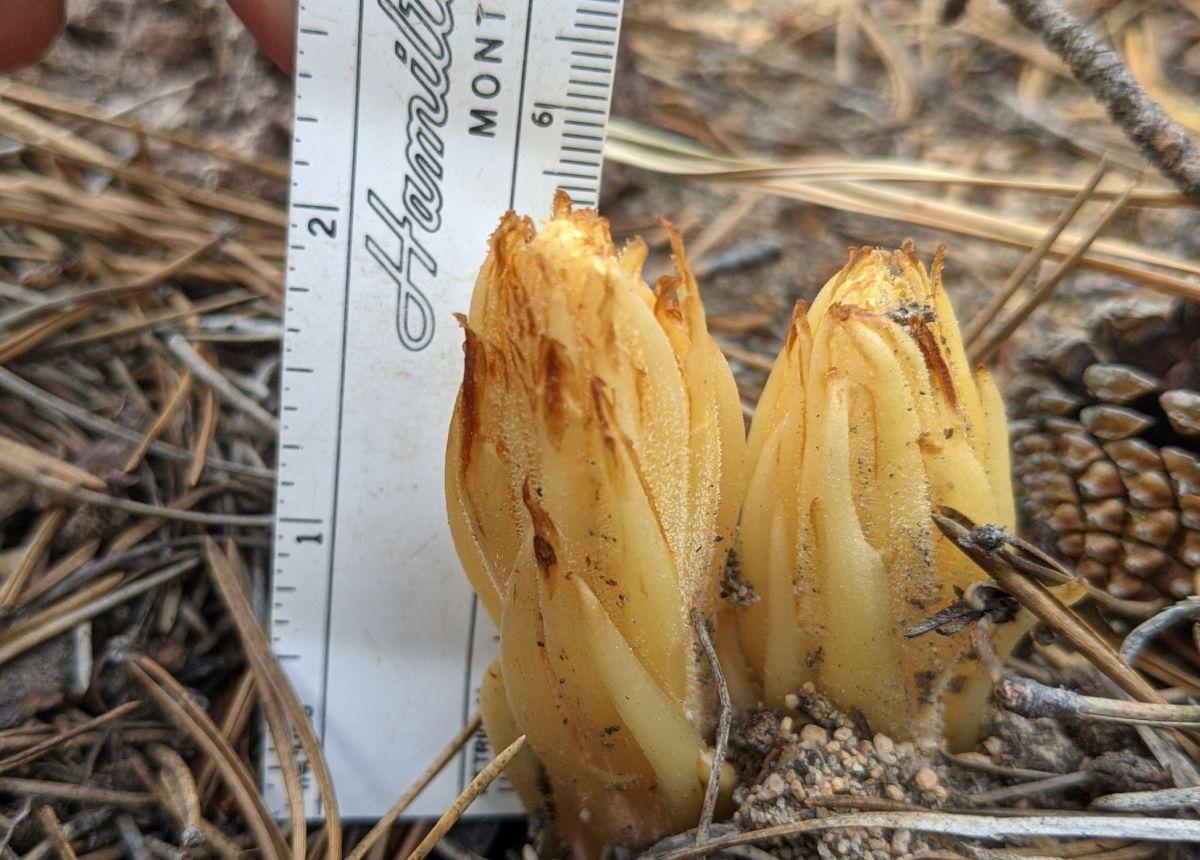Forest Lenses
Tue, May 03, 2022

Through what lens do you typically see a forest?
Do you listen for woodpeckers? Do you see what the presence - or absence - of fire has accomplished? Do you identify the herbaceous plant species? Do you look for signs of past soil disturbance?
A forest ecosystem is a collection of biotic and abiotic pieces interacting to form a complex web serving many functions. As ecologists we aim to understand it all, but as humans we know we can only scratch the surface of the entirety of what is happening. One way to increase our understanding of a forest is to look at one piece at a time, like just the trees or just the animals. We use this type of approach when doing “NEPA” projects.
NEPA stands for National Environmental Policy Act, a federal law enacted in 1970 that requires assessment of the environmental effects of activities proposed on federal land. For example, when thinning is proposed on the National Forest, the U.S. Forest Service must document the expected outcomes and give the public the opportunity to comment.
For some, the acronym NEPA elicits an eye roll. It means writing using specific templates, understanding laws and regulations, and sometimes protracted project timelines outside of your control. While all that is true, I actually find NEPA projects rather interesting and a quintessential example of applying science to management.
Resilient Forestry recently worked with the Deschutes National Forest in Oregon to complete a NEPA analysis for a thinning and prescribed burning project called 42 Road. We worked through the entire process: compiling a team of experts who examine the forest from different perspectives, collecting data in the field, writing reports, assessing compliance with laws and policies, and responding to comments from members of the public. I focused on rare and introduced plant species which required field work to determine each plant's location. Next, I established various project guidelines to ensure all legal requirements were met. Through my own experience as well as existing scientific literature, I was able to analyze what the likely outcomes of the proposal would be. I also got to learn through the other experts what the results would be for the other pieces of the forest, like the animals and the soil.
Ecologically, I helped advance the process of restoring a fire-adapted forest to a condition that will be more resilient to future wildfires. This opportunity granted me the ability to see this forest through many different lenses. Through all of my findings, I have come to appreciate its complexity and the challenges that come with its management.

